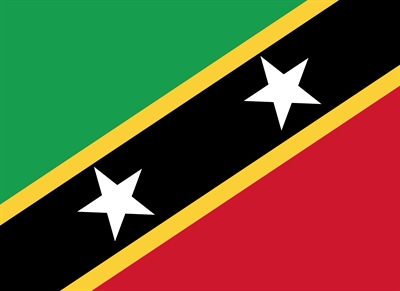Saint Kitts and Nevis - Human Rights Council - Death Penalty - July 2020
Country: Saint Kitts and Nevis
Type: Intl Mechanism Submission
Issues: Death Penalty, Detention, Due Process and Fair Trial, International Advocacy, Legal Representation
Mechanism: UN Universal Periodic Review
Report Type: Stakeholder Report
The Advocates for Human Rights, in collaboration with the World Coalition Against the Death Penalty, submitted a stakeholder report for the 37th Session of the Working Group on the Universal Periodic Review. This report focuses on Saint Kitts and Nevis’s compliance with human rights obligations with regard to its use of the death penalty.
Saint Kitts and Nevis has carried out three executions in the last 30 years, the most recent one in 2008. The Constitution of Saint Kitts and Nevis permits the use of the death penalty for the “worst of the worst cases,” including treason and murder; however, individuals under the age of 18 are not subject to execution for murder. As of 2020, the government of Saint Kitts and Nevis has neither abolished the death penalty nor ratified the Second Optional Protocol to the ICCPR.
All criminal defendants are entitled to a fair, speedy, and public trial by jury but often face overcrowded prison conditions upon sentencing. These conditions have been of particular concern during the COVID-19 pandemic.
The authors of the report offer a number of recommendations. Some of these recommendations include:
- Abolish the death penalty and replace it with a sentence that is fair, proportionate, and in compliance with international human rights standards.
- Commute any death sentences still in force.
- Ensure that all persons potentially eligible for a death sentence are represented by competent counsel at all stages of judicial proceedings and while pursuing relief under the prerogative of mercy.
- Ensure that detention conditions are improved, particularly with respect to food, health care, sanitation, and quarantine measures, so as to minimize the risk of spread of COVID-19, particularly for people at greater risk.




